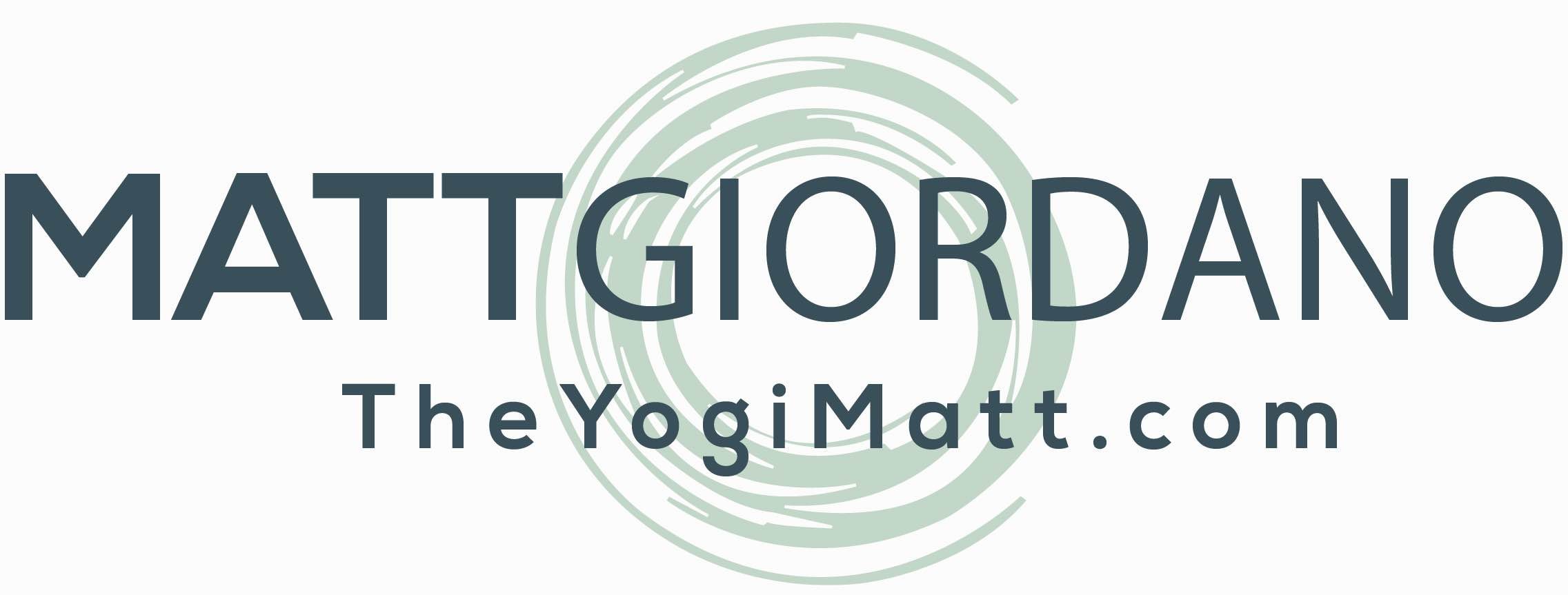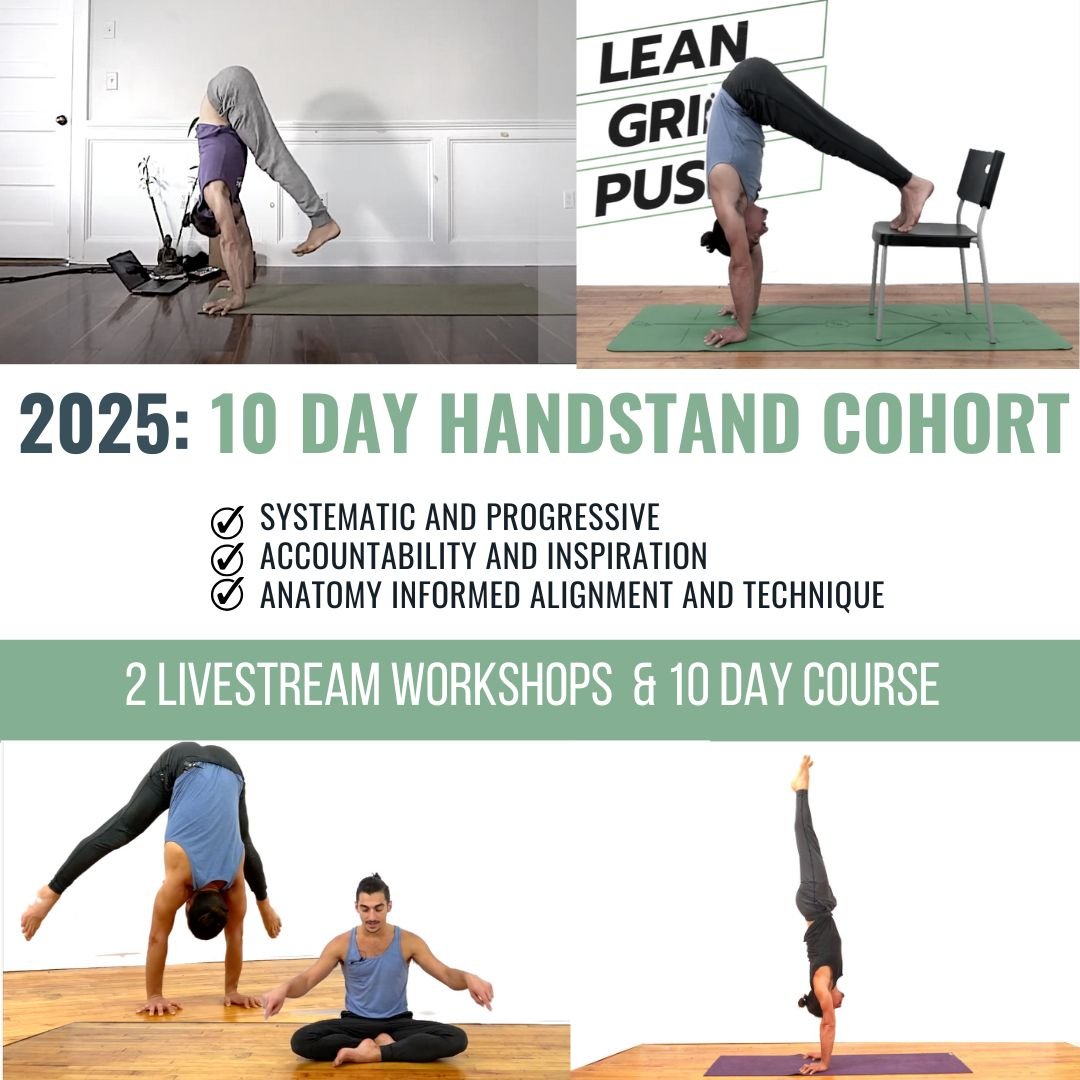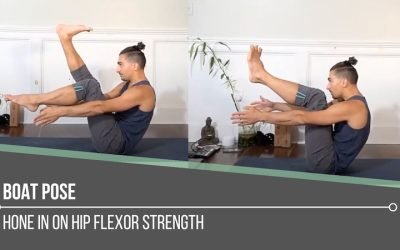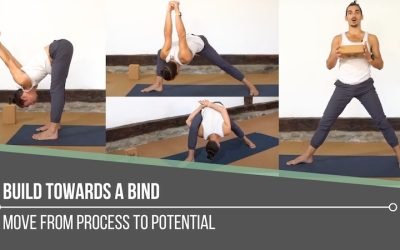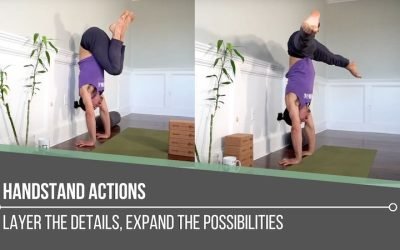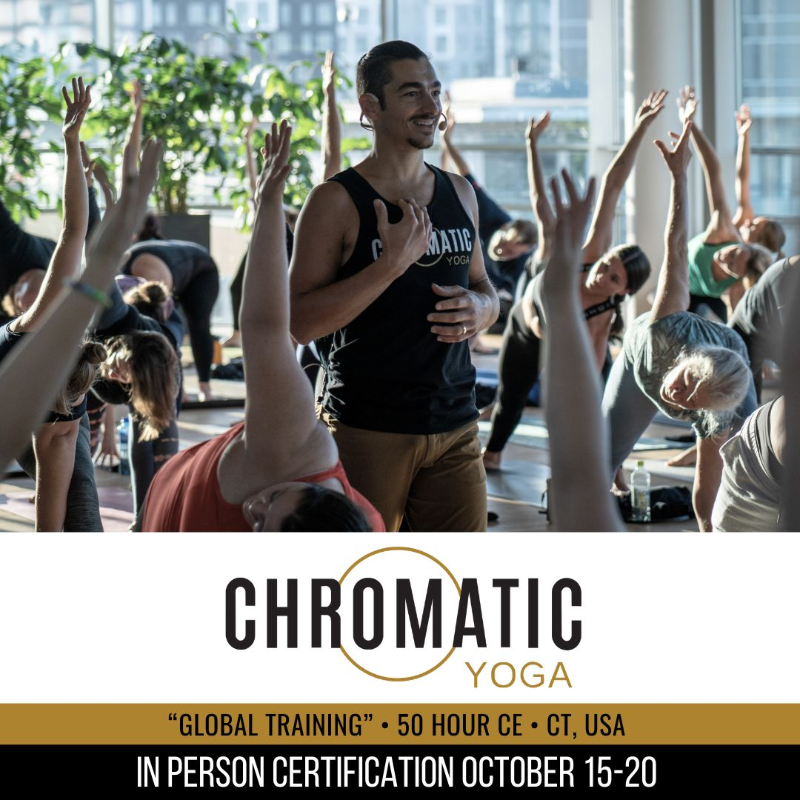Boat PoseNAVASANABOAT POSE Our bodies are intelligent and adaptive, often finding ways to compensate when certain muscles are underused. Over time, these patterns can create imbalances, leaving some muscles overdeveloped and others neglected. In yoga, one area often...
Handstand Mechanics
Handstand Mechanics
INVERSION
HANDSTAND MECHANICS
Stability, strength, and coordination come together in the pursuit of mastering handstand mechanics. One of the most critical foundations is internal rotation at the hip joints, which can aid with certain entries and sustained holds. Matt reminds us that understanding the role of the pelvis is key. Inverting means flipping biomechanics upside down. Just as we relax our shoulders downward when standing, in a handstand we lift them toward the ears, activating upward rotation of the scapula. That means the bottom tips of the shoulder blades rotate upward, while the inner edges slide down. We want a solid, vertical stack, from hands to hips. This is what keeps us aligned, centered, and stable.
2025: 10 DAY HANDSTAND COHORT
REGISTRATION NOW OPEN
- Safe, systematic, and effective
- 10-day training plan with guided daily tutorials
- 2 livestream workshops On-demand Replays
- Learn the most anatomically aligned and efficient handstand
- Acrobatic training skills made easy and accessible for regular people
- All-levels appropriate
- Build YOUR handstand, honoring your body and its unique strengths and challenges
- No experience required
- Variations for all levels, from 0 experience to professional hand balance
HANDSTAND L-POSE ON YOUR BACK
One of the more illuminating drills is the Handstand L-Pose while lying on the back. It reveals the pelvis’s tendency to rotate, but being on the floor eliminates this variable. We raise one leg, arms overhead, but initiate engagement by pressing the shoulder heads down before the hands touch the floor—this keeps the “hollow armpit” activated. The palms face one another and shoulders extend forward. From here, we tuck the tailbone and press the ribcage downward into a hollow-body position. To increase the challenge, the grounded leg lifts just a centimeter off of the floor. This introduces a strong core demand, and Matt progresses the shape by bending one knee into a half tuck, a helpful intermediary between the L-shape and full vertical inversion.
WATCH THE VIDEO
HANDSTAND MECHANICS: BUILD CONTROL BEFORE ELEVATION
HANDSTAND L-POSE DRILL
This next drill places the L-Shape upright in what starts in a supported Warrior III -like position. Lifting the heel of the standing leg, we send the shoulders toward the ears, fingers grip the ground, and we begin to rock back and forth, transferring weight from foot to hand. Matt offers these cues: ribs stay back, gaze toward the belly button, and elbows stay straight. We heighten the lifted leg only after establishing push and stability. These subtleties enhance body awareness and reinforce how vital weight transfer and shoulder activation are for going upside down. Matt’s instructions are a gentle nudge to slow down, explore each sensation, and deepen our understanding of the steps before takeoff.
200 HOUR ONLINE TEACHER TRAINING
GET CERTIFIED & DEEPEN YOUR YOGA PRACTICE
- Deepen your yoga practice
- Build confidence speaking in front of groups in person and online
- Learn foundational class structures and templates
- Learn techniques for a wide range of yoga postures
- Get certified and highly qualified to teach yoga
- Yoga Alliance Globally Recognized Certification Program
FROM HANDSTAND WORK TO HANG TIME
As we apply the cues in practice, Matt suggests using a hard surface rather than a yoga mat, since it provides stronger feedback to the hands. Hand placement, grip, and shoulder push are emphasized. We start in a tuck with one knee in toward the chest and push the ground away while jumping and switching legs. This introduces dynamic balance, requiring us to stay sharp. We don’t jump without purpose, we’re driving upward through active, rigid arms and shoulders. The more we push, the more we float. With repetition, the jumps become controlled and prolonged. This “hang time” emerges not from effort alone, but from refined technique. We counteract the body’s urge to collapse and instead amplify the push through upward scapular rotation and finger engagement.
300 HOUR ONLINE TEACHER TRAINING
GET 500 HOUR CERTIFIED AS A MASTER TEACHER
Master your skill set as a teacher through refined techniques, anatomy, biomechanics, sequencing, philosophy, meditation techniques, theming, yoga business, and much more!
- Get 500 hour certified
- Learn anatomy, biomechanics, asana techniques
- Expand your teaching skills
- Masterful sequencing and verbal delivery
- Learn meditation and breathwork techniques
- Transformative tools: theming, dharma talks, satsang
DELAYED TUCK
In the final progression, we begin working toward a delayed tuck. Timing becomes everything. Anticipation, repetition, and self-cueing help us bend the knees at the right moment to achieve the suspended tuck. It’s a dance between strength and surrender—releasing the rush to be airborne while trusting the mechanics we’ve trained. In Matt’s demonstration, the float occurs as he leans deeply into the hands and allows the shoulders to pass beyond the wrists, giving just the right counterbalance to delay the tuck. With patience and precision, we trade impulsive jumps for fluid, sustained motion. Handstand mechanics become a reflection of how practice teaches us to replace force with finesse.
Uncover more drills and precision in Handstand in Matt’s online 2025 – 10 Day Handstand Cohort.
The 200 Hr. Teacher Training: Click Here to See the Next Start Date
The 300 Hr. Advanced Teacher Training: Click Here to See the Next Start Date
Article by Trish Curling
Video Extracted From: Aligned Vinyasa Immersion
ONLINE ANATOMY COURSE
- Accessible, exciting, and easy to learn
- Anatomy and biomechanics for yoga
- Appropriate for both teachers and students
- Learn joint alignment vs pose alignment
- Demystify yoga poses and transitions
- Release aches and pains
- Learn how to avoid common injuries
- Caters to all levels with modifications and props
- 20 hours Continued Education Credits with Yoga Alliance
- 20 hours toward Chromatic Yoga Certification and 300 Hour
- Lifetime access
Continue Learning
Boat Pose
Scorpion Pose Evolution
Scorpion Pose EvolutionVRISCHIKASANASCORPION POSE EVOLUTION Scorpion Pose, whether practiced in Pincha Mayurasana or in a handstand, blends a backbend with inversion control. It calls for deep opening through the front body, from rib cage to hip flexors and...
Side Crow Strategy
Side Crow StrategyPARSVA BAKASANASIDE CROW STRATEGY When we step onto the yoga mat with a strategy, we open ourselves up to a practice that’s both intelligent and transformational. Side Crow is one of those postures that calls for a clear plan, one that breaks down...
Build Towards A Bind
Build Towards A BindMOBILITYBUILD TOWARDS A BIND I remember watching a clip on Matt’s Instagram years ago, breaking down how to achieve the bind in Side Angle. At the time, I was chasing the bind the only way I knew how—by trying to get “more open.” I thought the key...
Strong Hands For Handstand
Strong Hands For HandstandSTABILITYSTRONG HANDS FOR HANDSTAND When it comes to building strength for handstand, it starts at the base: our hands. Developing strong hands means targeting the wrist flexors, the very muscles that help create a trustworthy foundation....
Handstand Actions
Handstand ActionsLEAN, GRIP, PUSHHANDSTAND ACTIONS Handstand isn’t something we conquer in a single class, it’s a layered process that demands repetition and refinement. There are certain key handstand actions that are non-negotiable: lifting the shoulders up to the...
THE FREE TECHNIQUE PACK
When You Subscribe, You Will Get Instant Access to
- the Technique Pack: 15 yoga pose breakdowns
- exclusive online course discounts
- exclusive blogs and videos
